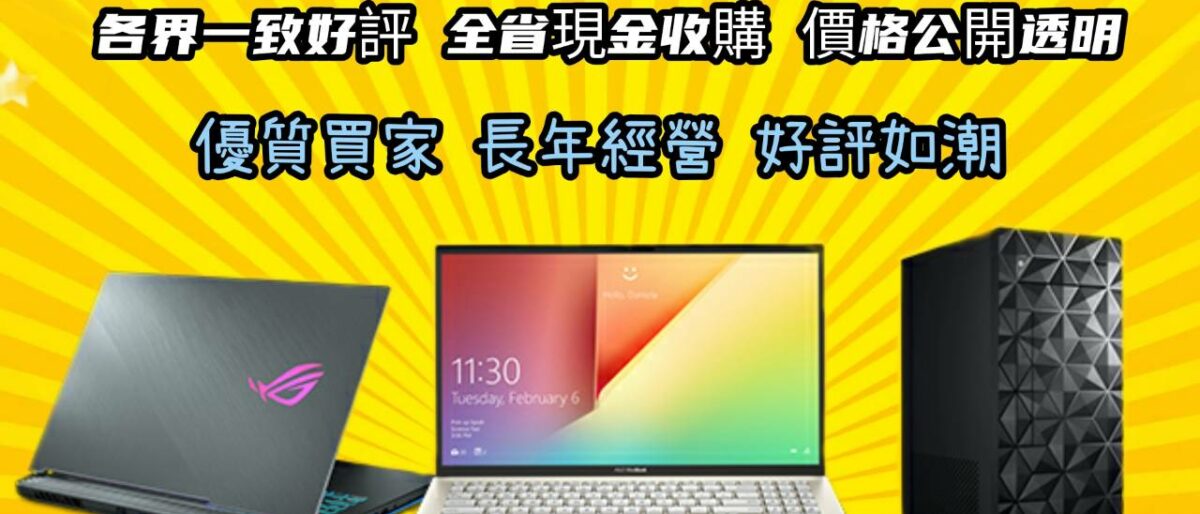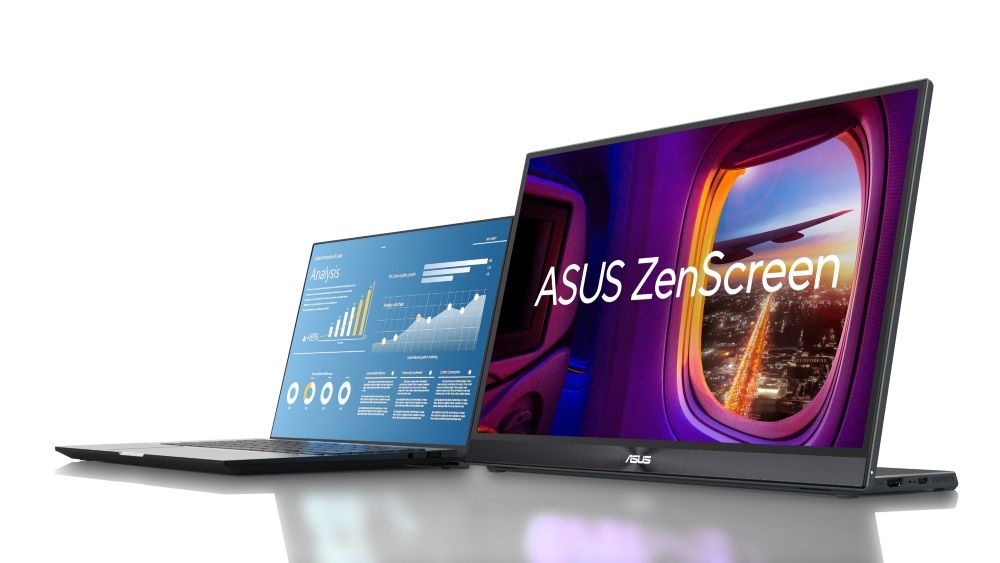電腦收購 筆電收購 收購ASUS筆電 收購ROG電競筆電 收購ACER筆電 收購Msi電競筆電 收購微軟SUR 看全文

我們專業經營各項3C高價回收,收購電競筆電,文書筆電,輕薄筆 電,MSI,ASUS,ACER,HP,Razer,GIGABYBE,Microsoft,,多通路多管道,非坊間垃圾回收價,價格不怕您比較,歡迎企業戶汰舊換新,續約販賣,分期換現,電競筆電, 二手汰舊,手機,筆電,相機,鏡頭,空拍機
華碩Ennop 10評論:5.9“顯示屏,強烈改進和緊湊,在良好的電池持續時間內,但相機有限和兩年軟件更新
Asus Zenfone 10 review: compact for a 5.9″ display, powerful performance, and excellent battery life, but limited cameras and only two years of software updates
電腦收購電腦收購
來自Nvidations的GPU RTX 4080和4090是一位非凡的藝術家。我也是一位非凡的藝術家,在1200次中,RTX 3080 $ 699 $ 699。這一增加是由鏈條作為鏈條的擔憂引起的,並註意GPU High-Crisisis High-Crisisis High-Crisisis鰭具有能力。這款遊戲也是分開的,並且在製造Gigantesic過程中的建築成本增加。今天,AMD重新安排RP。7900和9900美元
Nvidia’s RTX 4080 and 4090 GPUs are amazing performers. They are also amazingly expensive, starting at $1,200 and $1,500 and going way up for cards from partners like MSI, Gigabyte, and 電腦收購asus. The 4080 is nearly twice as expensive as the original $699 MSRP for the RTX 3080.
These price hikes are caused in part by pandemic-era concerns like supply chain snarls and inflation and partly by a cryptocurrency-fueled boom (now over, blessedly) that encouraged a network of scalpers to snap up every single high-end GPU they could. Also at play was a lack of competition and the increasing cost and complexity of building gigantic, monolithic chips on cutting-edge manufacturing processes. Today, AMD is trying to solve the latter two problems with the launch of its Radeon RX 7900 series GPUs.
At $899 and $999, the RX 7900 XT and RX 7900 XTX are still objectively expensive—but because they’re not a further escalation over the starting price of the RX 6900 XT, both cards are what pass for a bargain in today’s GPU market. If you’re looking for cards that can consistently handle 4K gaming at 60 fps and higher, these GPUs do it for less than Nvidia’s latest, and they’re good enough and fast enough that they’ll hopefully start driving Nvidia’s prices down a bit, too.
But Nvidia still retains some key advantages that complicate an easy David-and-Goliath narrative. These GPUs don’t quite feel like a Ryzen moment for AMD’s graphics division—a turning point where a scrappy AMD manages to make a big dent in the market share of an entrenched, complacent competitor. But if you can actually find them for their starting prices, they’re the first sign we’ve had in a while that some relief is coming for high-end-but-price-conscious PC gamers.
The RX 7000 series is the third version of the RDNA GPU architecture, also occasionally referred to as “Navi,” after the codenames of the GPU chips themselves. RDNA 3 doesn’t add anything that feels as significant as RDNA 2’s ray-tracing support, but AMD has added plenty of extra hardware and made important under-the-hood changes.
The most significant is a new chiplet-based approach, similar in concept to the one AMD uses for its Ryzen CPUs. Rather than building the entire GPU die on one manufacturing process—increasing the die’s size and therefore the chances that some or all of it could be defective—AMD is building the main Navi 3 GPU die on a 5 nm TSMC manufacturing process and a series of smaller memory controller dies (MCDs) on a 6 nm process. These chips are all linked together with a high-speed interconnect, which AMD says can transfer data at speeds of up to 5.3 terabytes per second.
The main graphics compute die (GCD) contains most of the hardware you think of when you think of a GPU—compute units, shaders, ray-tracing hardware, the media encoding and decoding block, and display output. Both the 7900 XTX and XT use the same Navi 31 GCD, but the XTX runs at higher clocks and has more CUs and stream processors enabled. The XTX has 96 CUs and 6,144 stream processors, while the XT has 84 CUs and 5,376 stream processors. Both cards represent a jump up from the Navi 21 die used in the RX 6900 series, which maxed out at 80 CUs and 5,120 stream processors (and that’s before you account for other performance-boosting improvements).
The MCDs all include a single 64-bit memory controller and 16MB of AMD’s Infinity Cache, and they demonstrate the advantages of a chiplet-based approach. The 7900 XTX has a 384-bit-wide memory bus and 96MB of Infinity Cache, where the 7900 XT has a 320-bit bus and 80MB of cache; to accomplish this, all AMD has to do is remove an MCD. The exact same MCDs can be reused up and down the stack with all of the different RDNA 3 GCDs that AMD chooses to release, from low-end products with a single MCD up to midrange GPUs that use between two and four. Defects in MCD dies won’t require the larger, more complex GCDs to be thrown out or binned, and vice-versa.
In the realm of all-new features for RDNA 3, there are three things of note. First, the GPUs include new AI accelerators, which could be useful both for the plethora of AI-assisted content creation that has sprung up in the last year and for AI-assisted upscaling (if AMD chooses to implement it in some future version of its FSR upscaling algorithm; both DLSS and XeSS use AI for upscaling, but FSR 2.0 doesn’t).
Second, the video encoding and decoding block supports hardware-accelerated encoding for the AV1 video codec, just like the RTX 4000 series and Intel’s Arc GPUs. This should be useful for both content creators and streamers who want to stream higher-resolution video or video at the same resolution while using less bandwidth.
And third, the “Radiance Display Engine” adds DisplayPort 2.1 support to the GPUs. Monitors that take full advantage of DisplayPort 2.1’s extra bandwidth don’t really exist as of this writing, but when they do, RDNA 3 GPUs will be able to drive 4K displays at up to 480 Hz and 8K displays at up to 165 Hz.
▲ASPIISEES宣布了新的16個填充的便攜式Scilcrowen MB16QHG / 電腦收購asus / TAPEI在路由MB16QHGGGGGGGGGGGGGGGGGGTH動態調色板(HDR),認證400 400和100%DCCA -V3 Broadg上的開始。華碩表明,多功能模式為1;兩側由USB-C處理;兩側的USB-C;®端口2可以允許用戶在筆記本電腦的每一側顯示並獲得頸部體驗。華碩在固定劑的早期看到,可以輕鬆地使用Fusro投資融合。MB16QHGUS制度,該表表使所有Censcraft MB16FG擔心空間是最無窮無盡的介紹,更重要的是;更重要的是,使用集體FCCOD經理,特定的電力權利和可持續發展和可持續發展和可持續發展:10,900 Yuan。

▲華碩今宣布推出全新16吋可攜式螢幕電腦收購asus ZenScreen MB16QHG。(圖/華碩提供)
記者蕭文康/台北報導
華碩今宣布推出全新16吋可攜式螢幕電腦收購asus ZenScreen MB16QHG,主攻使用者日常工作及娛樂,採用WQXGA (2560 x 1600) IPS面板並內建120Hz SmoothMotion技術,可提供流暢、反應靈敏的畫質,再加上高動態範圍(HDR)技術、DisplayHDR 400認證與100% DCI-P3廣色域,訴求對比度及色彩表現。
華碩指出,多功能的電腦收購asus ZenScreen MB16QHG,配備任何角度都能穩固支撐的L形可折疊支架,搭配電腦收購asus DisplayWidget Center,可感測螢幕方向,自動切換為橫向或縱向模式1;兩側的USB-C®連接埠2,則能讓使用者彈性地將螢幕貼近筆記型電腦任一側,獲致近乎無縫的螢幕延伸體驗。
此外,電腦收購asus ZenScreen MB16QHG不僅具備可供有線耳機使用的3.5公釐音訊插孔,另內建的HDMI®連接埠,擁有與各種裝置的豐富相容性,如:筆記型電腦、桌上型電腦和遊戲主機,外接串連更隨心所欲。
華碩表示,全新電腦收購asus ZenScreen MB16QHG,輕僅1.2公斤,機身最薄處也只有7公厘,可輕鬆放入任何包款,隨身攜帶;178°超廣視角,即使不是正對螢幕觀看,也能享有絕佳的視覺效果;獨家Eye Care技術,可消除惱人的閃爍影像,降低螢幕潛在的有害藍光,就算長時間使用也能貼心呵護靈魂之窗。
電腦收購asus ZenScreen MB16QHG具可調整高度功能,因此使用者除能以橫向模式平放在桌上展開共同協作,亦可透過內建插槽安裝標準三腳架,依個人喜好或不同需求自訂合適的高度,打造與視線齊平的舒適瀏覽體驗。
同時,每一台電腦收購asus ZenScreen MB16QHG出廠前都通過嚴格測試,符合世界頂尖的ENERGY STAR認證,包括:最新標準的全方位資料庫、獨立驗證和持續改良的結構化系統;更重要的是,使用FSC Mix認證包裝運送,具體實踐友善環境與永續發展。建議售價:10,900元。
電腦收購 電腦收購